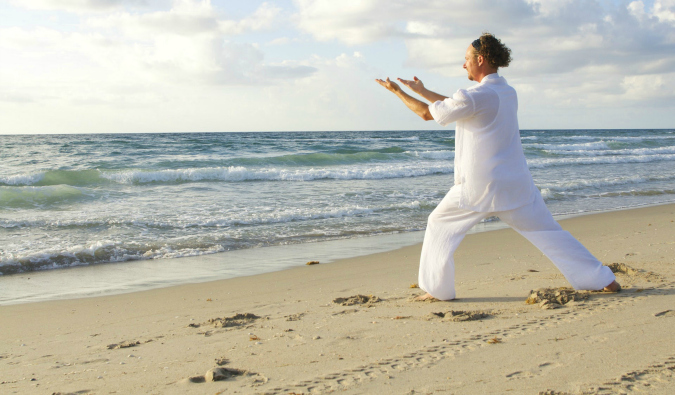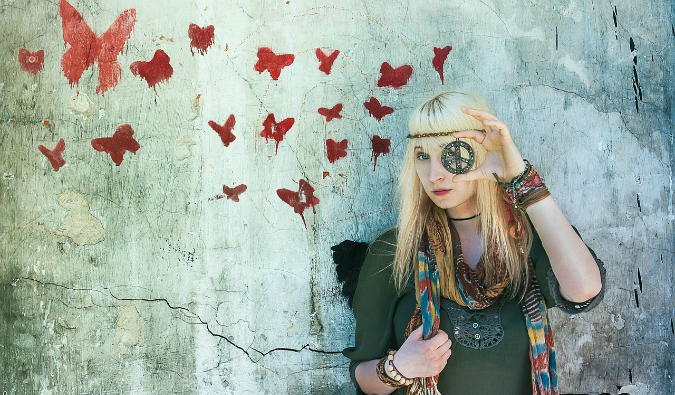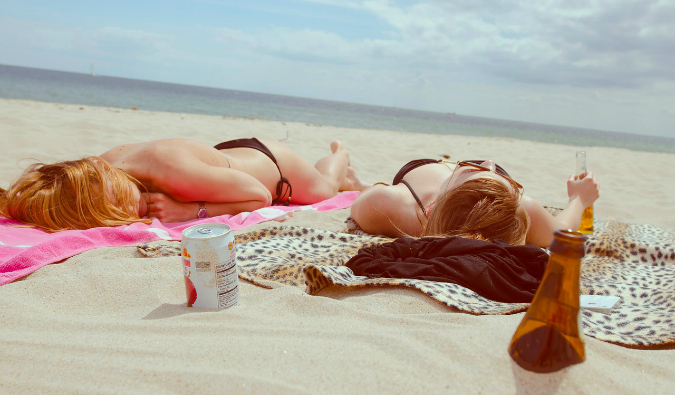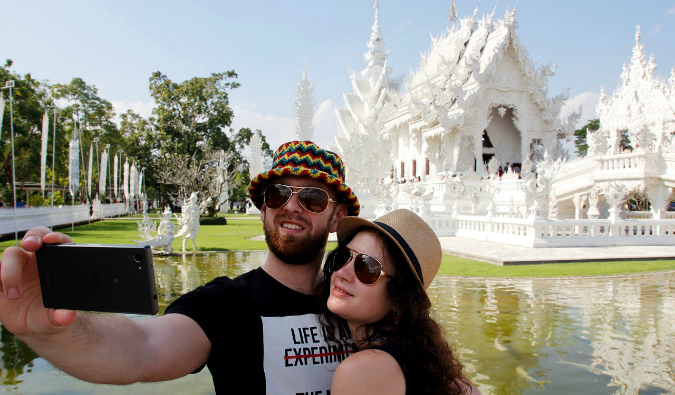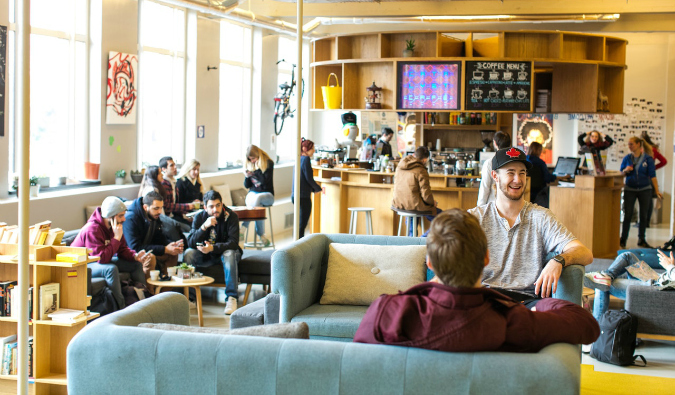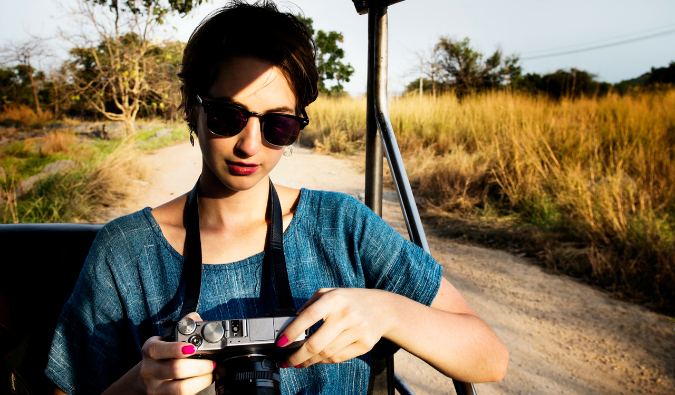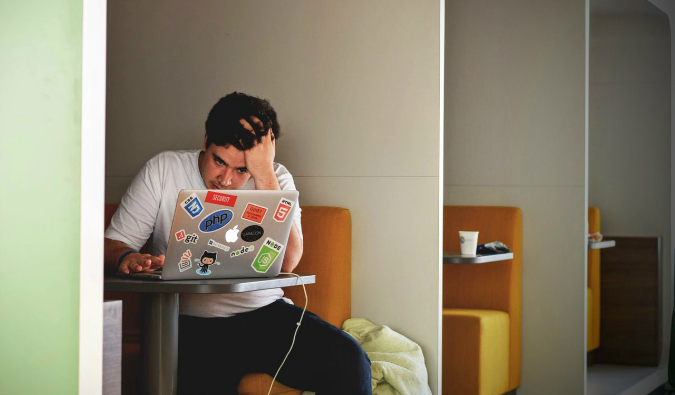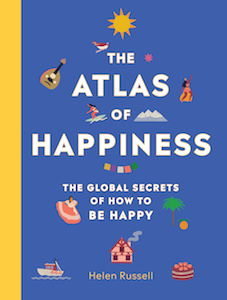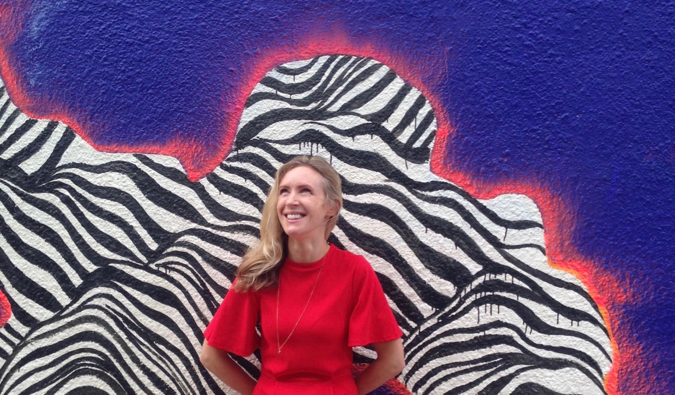
Posted: 4/2/2019 | April 2nd, 2019
Editor’s Note: I wavered on writing about this for a long time since I didn’t want to put people off on Colombia. As you can tell from my posts here, here, here, and here, I really love the country. I mean it’s awesome. (And there will be plenty more blog posts about how great it is.) I didn’t want to play into the negative image surrounding the country. But I blog about all my experiences – good or bad – and this story is a good lesson on travel safety, the importance of always following local advice, and what happens when you get complacent and stop doing so.
“Are you OK?”
“Here. Have a seat.”
“Do you need some water?”
A growing crowd had gathered around me, all offering help in one form or another.
“No, no, no, I think I’ll be OK,” I said waving them off. “I’m just a little stunned.”
My arm and back throbbed while I tried to regain my composure. “I’m going to be really sore in the morning,” I thought.
“Come, come, come. We insist,” said one girl. She led me back onto the sidewalk where a security guard gave me his chair. I sat down.
“What’s your name? Here’s some water. Is there anyone we can call?”
“I’ll be fine. I’ll be fine,” I kept replying.
My arm throbbed. “Getting punched sucks,” I said to myself.
Regaining my composure, I slowly took off the jacket I was wearing. I was too sore for any quick movements anyways. I needed to see how bad the bruises were.
As I did so, gasps arose from the crowd.
My left arm and shoulder were dripping with blood. My shirt was soaked through.
“Shit,” I said as I realized what had happened. “I think I just got stabbed.”
***
There’s a perception that Colombia is unsafe, that despite the heyday of the drug wars being over, danger lurks around most corners and you have to be really careful here.
It’s not a completely unwarranted perception. Petty crime is very common. The 52-year civil war killed 220,000 people — although thankfully this number has drastically dropped since the 2016 peace agreement.
While you are unlikely to be blown up, randomly shot, kidnapped, or ransomed by guerrillas, you are very likely to get pickpocketed or mugged. There were over 200,000 armed robberies in Colombia last year. While violent crimes have been on the decline, petty crime and robbery has been on the upswing.
Before I went to Colombia, I’d heard countless stories of petty theft. While there, I heard even more. A friend of mine had been robbed three times, the last time at gunpoint while on his way to meet me for dinner. Locals and expats alike told me the same thing: the rumors of petty theft are true, but if you keep your wits about you, follow the rules, and don’t flash your valuables, you’ll be OK.
There’s even a local expression about it: “No dar papaya” (Don’t give papaya). Essentially, it means that you shouldn’t have something “sweet” out in the open (a phone, computer, watch, etc.) that would make you a target. Keep your valuables hidden, don’t wander around places you shouldn’t at night, don’t flash money around, avoid coming out of nightlife spots alone at night, etc. Simply put: Don’t put yourself in a position where people can take advantage of you.
I heeded such advice. I didn’t wear headphones in public. I didn’t take my phone out unless I was in a group or a restaurant, or completely sure no one else was around. I took just enough money for the day with me when I left my hostel. I warned friends about wearing flashy jewelry or watches when they visited.
But, the longer you are somewhere, the more you get complacent.
When you see locals on their phones in crowded areas, tourists toting thousand-dollar cameras, and kids wearing Airpods and Apple Watches, you begin to think, “OK, during the day, it’s not so bad.”
The more nothing happens to you, the more indifferent you get.
Suddenly, you step out of a cafe with your phone out without even thinking about it.
In your hands is papaya.
And someone wants to take it.
***
It was near sunset. I was on a busy street in La Calendaria, the main tourist area of Bogotá. The cafe I had been at was closing, so it was time to find somewhere new. I decided to head to a hostel to finish some work and take advantage of happy hour.
I’d been in Bogotá for a few days now, enjoying a city most people write off. There was a charm to it. Even in the tourist hotspot of La Calendaria, it didn’t feel as gringofied as Medellín. It felt the most authentic of all the big Colombian cities I had visited. I was loving it.
I exited the cafe with my phone out, finishing a text message. It had slipped my mind to put it away. It was still light outside, there were crowds around, and lots of security. After nearly six weeks in Colombia, I had grown complacent in situations like this.
“What’s really going to happen? I’ll be fine.”
Three steps out of the door, I felt someone brush up against me. At first, I thought it was someone running past me until I quickly realized that a guy was trying to take my phone out of my hand.
Fight or flight set in — and I fought.
“Get the fuck off me!” I shouted as I wrestled with him, keeping an iron grip on my phone. I tried pushing him away.
“Help, help, help!” I yelled into the air.
I remember distinctly the confused look on his face as if he had expected an easy mark. That the phone would slip out of my hand and he’d be gone before anyone could catch him.
Without a word, he started punching my left arm, and I continued to resist.
“Get off me! Help, help!”
We tussled in the street.
I kicked, I screamed, I blocked his punches.
The commotion caused people to run toward us.
Unable to dislodge the phone from my hand, the mugger turned and ran.
***
After people helped me sit down and the adrenaline wore off, I got lightheaded. My ears rang. I had trouble focusing for a few moments.
Blood was dripping through my soaked shirt.
“Fuck,” I said looking at my arm and shoulder.
I tried to compose myself.
Having grown up surrounded by doctors and nurses, I ran through a quick “how bad is this” checklist in my mind.
I made a fist. I could feel my fingers. I could move my arm. “OK, I probably don’t have nerve or muscle damage.”
I could breathe and was not coughing up blood. “Ok, I probably don’t have a punctured lung.”
I could still walk and feel my toes.
My light-headedness dissipated.
“OK, there’s probably not too much major damage,” I thought.
Words I didn’t understand were spoken in Spanish. A doctor arrived and helped clean and put pressure on my wounds. A young woman in the crowd who spoke English took my phone and voice-texted my only friend in Bogotá to let her know the situation.
As an ambulance would take too long, the police, who numbered about a dozen by now, loaded me onto the back of a truck and took me to a hospital, stopping traffic on the way like I was an honored dignitary.
Using Google Translate to communicate, the police checked me in at the hospital. They took down as much information as they could, showed me a picture of the attacker (yes, that’s him!), and called my friend to update her about where I was.
As I waited to be seen by the doctors, the owner of my hostel showed up. After having taken my address, the cops had phoned up the hostel to let them know what happened and she had rushed down.
The hospital staff saw me quickly. (I suspect being a stabbed gringo got me quicker attention.)
We went into one of the exam rooms. My shirt came off, they cleaned my arm and back, and assessed the damage.
I had five wounds: two on my left arm, two on my shoulder, and one on my back, small cuts that broke the skin, with two looking like they got into the muscle. If the knife had been longer, I would have been in serious trouble: one cut was right on my collar and another especially close to my spine.
When you think of the term “stabbing,” you think of a long blade, a single deep cut into the abdomen or back. You picture someone with a protruding knife being rolled into the hospital on a stretcher.
That was not the case for me. I had been, more colloquially correct, knifed.
Badly knifed.
But just knifed.
There was no blade protruding from my gut or back. There would be no surgery. No deep lacerations.
The wounds wouldn’t require any more than antibiotics, stitches, and time to heal. A lot of time. (How much time? This happened at the end of January and it took two months for the bruising to go down.)
I was stitched up, taken for an X-ray to make sure I didn’t have a punctured lung, and required to sit around for another six hours as they did a follow-up. My friend and hostel owner stayed a bit.
During that time, I booked a flight home. While my wounds weren’t severe and I could have stayed in Bogotá, I didn’t want to risk it. The hospital refused to give me antibiotics and, being a little suspicious of their stitching job, I wanted to get checked out back home while everything was still fresh. When I was leaving the hospital, I even had to ask them to cover my wounds. They were going to leave them exposed.
It’s better to be safe than sorry.
***
Looking back, would I have done anything differently?
It’s easy to say, “Why didn’t you just give him your phone?”
But it’s not as if he led with a weapon. Had he done so, I obviously would have surrendered the phone. This kid (and it turned out he was just a kid of about 17) just tried to grab it from my hand, and anyone’s natural instinct would be to pull back.
If someone stole your purse, took your computer while you were using it, or tried to grab your watch, your initial, primal reaction wouldn’t be, “Oh well!” It would be, “Hey, give me back my stuff!”
And if that stuff were still attached to your hand, you’d pull back, yell for help, and hope the mugger would go away. Especially when it’s still daytime and there are crowds around. You can’t always assume a mugger has a weapon.
Based on the information I had at the time, I don’t think I would have done anything differently. Nature just set in.
Things could have been a lot worse: The knife could have been longer. He could have had a gun. I could have turned the wrong way, and that small blade could have hit a major artery or my neck. The knife was so small that I didn’t even feel it during the attack. A longer blade might have caused me to recoil more and drop my phone. I don’t know. If he had been a better mugger, he would have kept running forward and I wouldn’t have been able to catch up as the forward motion made the phone leave my hand.
The permutations are endless.
This was also just a matter of being unlucky. A wrong time and wrong place situation. This could have happened to me anywhere. You can be in the wrong place and the wrong time in a million places and in a million situations.
Life is risk. You’re not in control of what happens to you the second you walk out a door. You think you are. You think you have a handle on the situation — but then you walk out of a café and get knifed. You get in a car that crashes or a helicopter that goes down, eat food that hospitalizes you, or, despite your best health efforts, drop dead from a heart attack.
Anything can happen to you at any time.
We make plans as if we are in control.
But we’re not in control of anything.
All we can do is control our reaction and responses.
I really like Bogotá. I really like Colombia. The food was delicious and the scenery breathtaking. Throughout my visit there, people were inquisitive, friendly, and happy.
And when this happened, I marveled at all the people who helped me, who stayed with me until the police came, the many police officers who assisted me in numerous ways, the doctors who attended to me, the hostel owner who became my translator, and my friend who drove an hour to be with me.
Everyone apologized. Everyone knew this was what Colombia is known for. They wanted to let me know this was not Colombia. I think they felt worse about the attack than I did.
But this experience reminded me of why you can’t get complacent. I gave papaya. I shouldn’t have had my phone out. When I left the cafe, I should have put it away. It didn’t matter the time of day. That’s the rule in Colombia. Keep your valuables hidden. Especially in Bogota, which does have a higher rate of petty crime than elsewhere in the country. I didn’t follow the advice.
And I got unlucky because of it. I’d been having my phone out too often and, with each non-incident, I grew more and more relaxed. I kept dropping my guard down more.
What happened was unlucky but it didn’t need to happen if I had followed the rules.
This is why people always warned me to be careful.
Because you never know. You’re fine until you aren’t.
That said, you’re still unlikely to have a problem. All those incidences I talked about? All involved people breaking the ironclad “No Dar Papaya” rule and either having something valuable our or walking alone late at night in areas they shouldn’t have. Don’t break the rule! This could have happened to me anywhere in the world where I didn’t follow the safety rules you’re supposed to that help you minimize risk.
But, also know, if you do get into trouble, Colombians will help you out. From my hostel owner to the cops to the people who sat with me when it happened to the random guy in the hospital who gave me chocolate, it turns out, you can always depend on the kindness of strangers. They made a harrowing experience a lot easier to deal with.
I’m not going to let this freak incident change my view of such an amazing country. I’d go back to Colombia the same way I’d get in a car after a car accident. In fact, I was terribly upset to leave. I was having an amazing time. I still love Bogota. I still have plans to go back to Colombia. I have more positive things to write about this.
Learn from my mistake. Not only for when you visit Colombia but when you travel in general.
You can’t get complacent. You can’t stop following the rules.
And still go to Colombia!
I’ll see you there.
***
A couple of other points:
They did catch the kid who tried to mug me. There’s security everywhere in Bogotá. He made it one block before they caught him. My hostel owner tells me he is still in jail. He was only 17 too. I feel bad for him. There’s a lot of poverty in Bogotá. There’s a very stark income divide there. Assuming he’s not some middle-class punk, I can understand the conditions that led him to rob me. I hope his future gets brighter.
While the doctors were nice and the stitching turned out to be great, I wouldn’t go to a public hospital in Colombia again. That was not a fun experience. It wasn’t super clean, they had patients in the hallways, they didn’t give me antibiotics or pain medicine or cover my wounds, and they wanted to send me home without a shirt (thanks to my hostel owner for bringing me an extra!). There were just some basic things I was shocked they overlooked.
This is a strong case for travel insurance! I’ve always said travel insurance is for unknowns because the past is not prologue. In my twelve years of travel, I was never mugged — until I was. Then, needing medical care and a last-minute flight home, I was glad I had insurance. I needed it bad. It could have been a lot worse than a $70 hospital bill and a flight back home, too: if I had required surgery or had to be admitted to the hospital, that bill would have been a lot more. Don’t leave home without travel insurance. You never, ever know when you might need it, and you’ll be glad you had it!
Here are some articles on travel insurance:
Book Your Trip to Colombia: Logistical Tips and Tricks
Book Your Flight
Find a cheap flight by using Skyscanner or Momondo. They are my two favorite search engines because they search websites and airlines around the globe so you always know no stone is left unturned.
Book Your Accommodation
You can book your hostel with Hostelworld. If you want to stay somewhere other than a hostel, use Booking.com as they consistently return the cheapest rates for guesthouses and cheap hotels. I use them all the time.
Don’t Forget Travel Insurance
Travel insurance will protect you against illness, injury, theft, and cancellations. It’s comprehensive protection in case anything goes wrong. I never go on a trip without it as I’ve had to use it many times in the past. I’ve been using World Nomads for ten years. My favorite companies that offer the best service and value are:
Looking for the best companies to save money with?
Check out my resource page for the best companies to use when you travel! I list all the ones I use to save money when I travel – and I think will help you too!
Looking for more information on visiting Colombia?
Check out my in-depth destination guide to Colombia with more tips on what to see, do, costs, ways to save, and much, much more!
Photo credit: 1
The post So, I Got Stabbed in Colombia appeared first on Nomadic Matt's Travel Site.








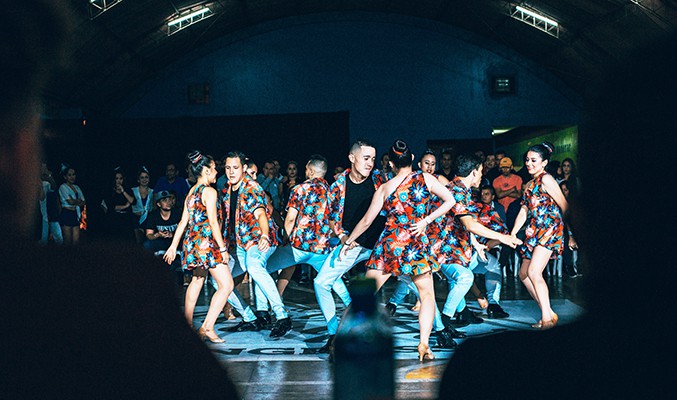

















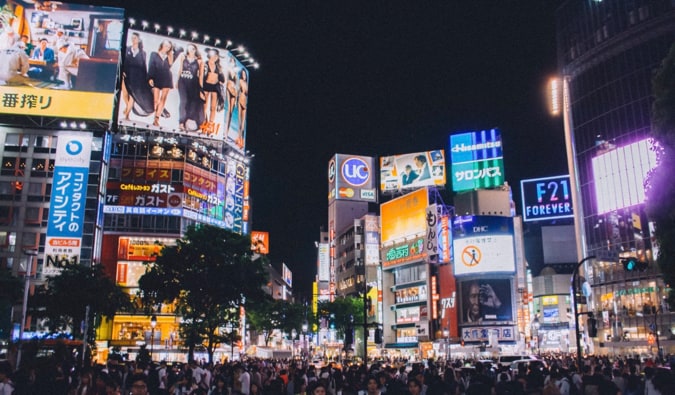
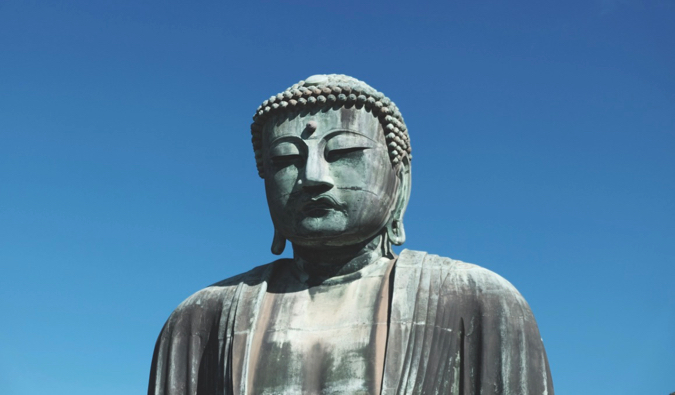
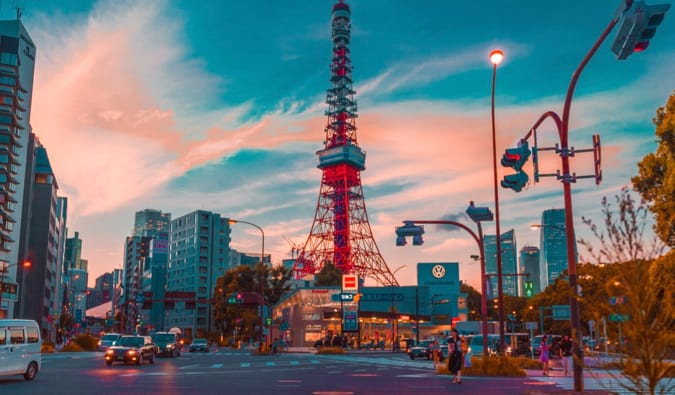
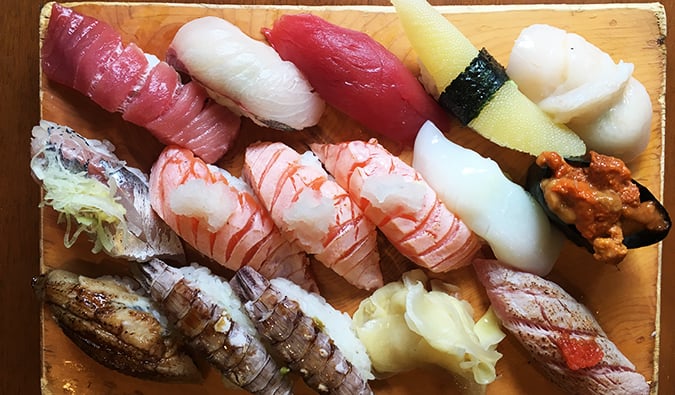
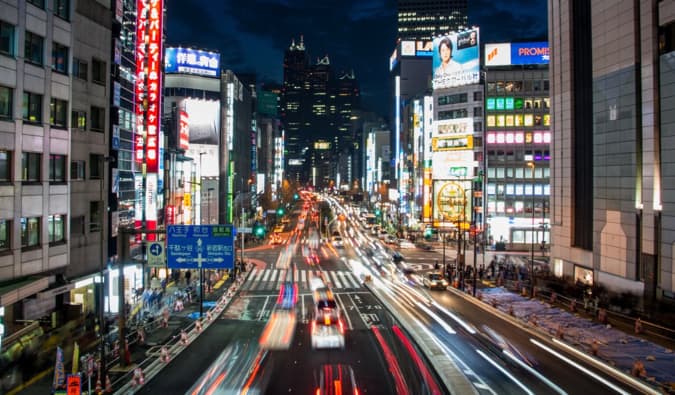
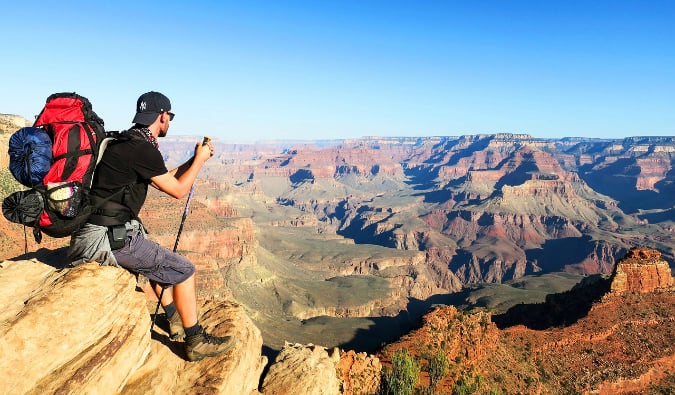 Updated: 4/8/2019 | Originally Posted: 07/29/2009
Updated: 4/8/2019 | Originally Posted: 07/29/2009